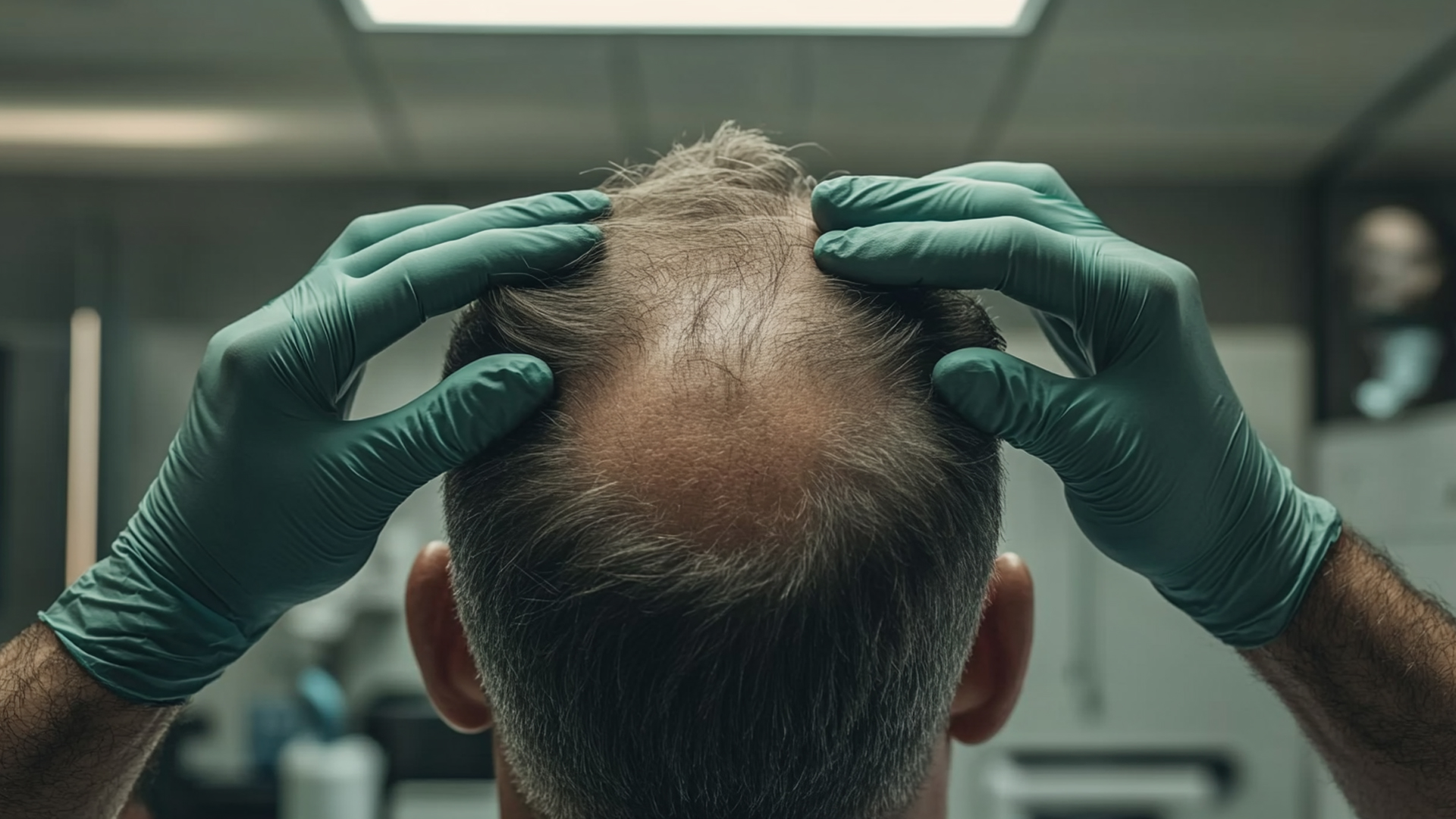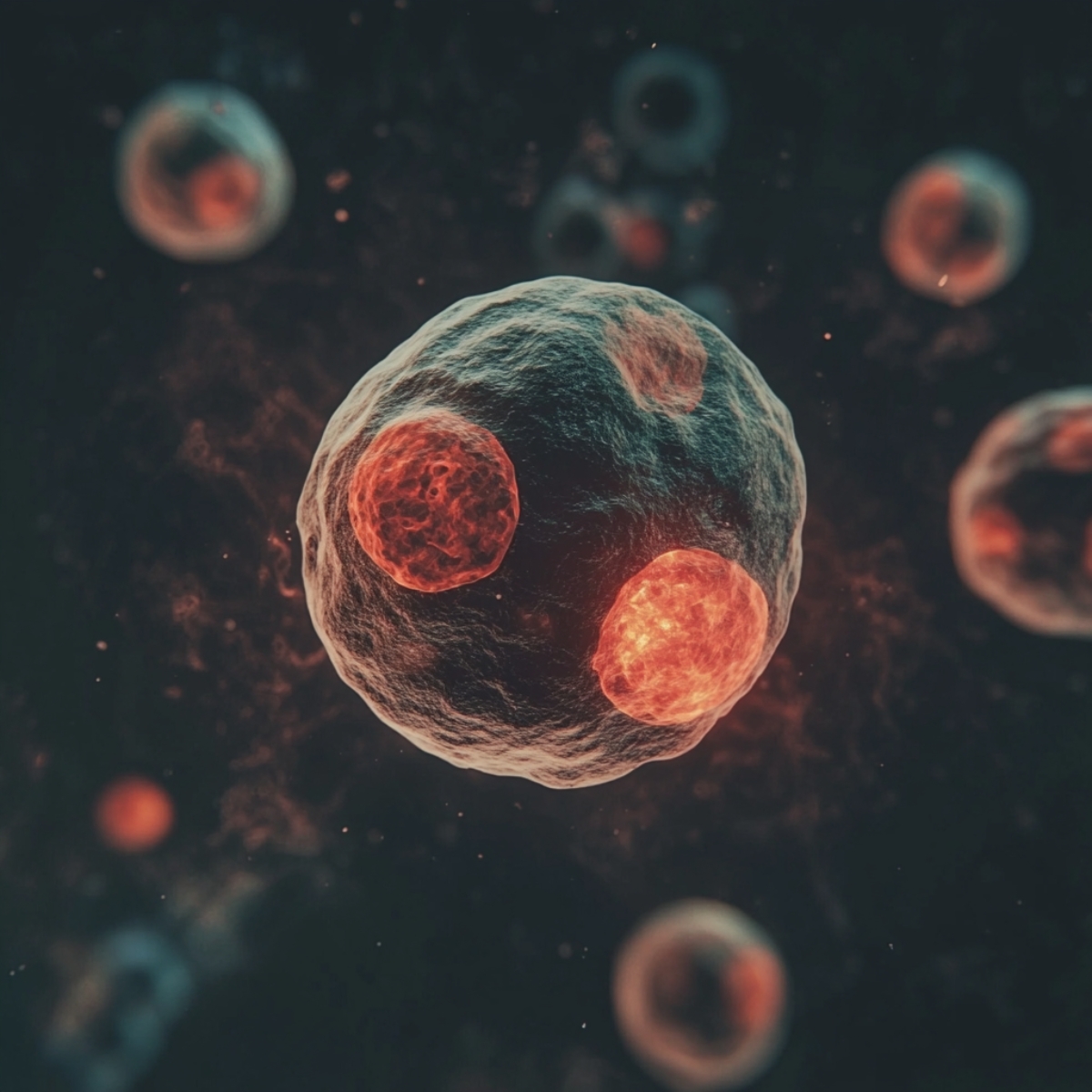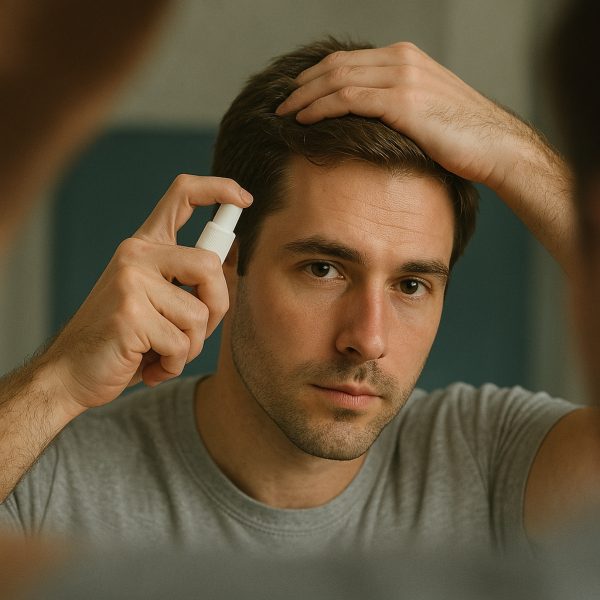
For many men, hair loss is more than just a cosmetic concern, it’s a confidence issue that can feel inevitable.
Historically, solutions have ranged from topical treatments like minoxidil to invasive hair transplants, both of which come with significant limitations. But thanks to groundbreaking advancements in regenerative medicine, the future of hair restoration is entering a new era – one focused on rejuvenation rather than replacement.
Hair Loss: A Widespread Concern
Hair loss affects millions of men, with two-thirds experiencing some degree of hair thinning by age 35, rising to 85% by age 50 (American Hair Loss Association). Whether caused by genetics, hormonal changes, or stress, hair loss can leave men searching for effective solutions. While traditional methods have offered some relief, many require a heavy investment of time, money, or both, often delivering inconsistent results. Now, cutting-edge treatments like polynucleotides and exosomes are revolutionising the field.

What Are Polynucleotides?
Polynucleotides are natural DNA fragments derived from wild salmon or trout sperm, selected for their similarity to human DNA. According to Dr. Miriam Adebibe, a regenerative and aesthetic specialist, these DNA fractions have powerful antioxidant and regenerative properties. In medical contexts, they’ve been used to repair tissues after trauma or surgery. Recently, their application in cosmetic medicine has grown, particularly for skin revitalisation and hair follicle stimulation.
“Polynucleotides stimulate a receptor on cells that positively influences the regeneration of hair follicles,” explains Dr. Miriam. By activating fibroblasts, which are key to skin and hair health, they increase follicular activity and promote healthier, thicker hair growth.
How Does It Work?
The treatment involves injecting polynucleotides into the superficial layer of the scalp using a fine needle or cannula. A typical course includes three to four treatments spaced three weeks apart. While results aren’t immediate, patients typically notice improvements after about three weeks, with continued enhancements over a 12-week period. New hair growth often appears, and existing hair becomes noticeably healthier. However, outcomes can vary based on individual biological responses and lifestyle factors.
The Costs of Polynucleotide Treatment
At £300 per session, polynucleotide treatments are an investment, with a full course costing between £900 and £1,200. For many, the results – healthier hair and renewed confidence – are well worth it. Dr. Miriam notes, however, that results depend on consistent care and a tailored approach.

Exosomes: Another Innovation in Hair Restoration
Alongside polynucleotides, exosomes are gaining traction as a powerful hair restoration tool. These tiny vesicles, derived from stem cells, act as biological messengers, delivering growth factors and proteins to hair follicles. By reducing inflammation and stimulating repair at a cellular level, exosomes can enhance the thickness and quality of hair.
While polynucleotides focus on regenerating hair follicles, exosomes complement this by improving overall hair and scalp health. The combination of these therapies offers a holistic solution for men dealing with hair thinning and loss.
Who Can Benefit?
Both treatments are suitable for men experiencing early-stage hair loss, thinning hair, or inflammatory scalp conditions like alopecia. They’re particularly appealing to those seeking non-surgical alternatives to hair transplants. However, consulting with a qualified professional is essential to determine the best course of action.
As Dr. Miriam emphasises, “Every individual’s biological response differs, so consultations with trained professionals are key to achieving the best results.”
The Future of Hair Restoration
The emergence of polynucleotides and exosomes signals a significant shift in how we approach hair loss. These treatments are non-invasive, regenerative, and focus on long-term health rather than quick fixes. As technology continues to evolve, they’re likely to become more widely accessible, offering hope to millions of men worldwide.
Things to Consider Before Starting
If you’re considering these advanced treatments, here are a few practical tips:
- Choose a reputable clinic: Ensure your provider is experienced and qualified in administering these therapies.
- Be consistent: A full course of treatments is essential for optimal results.
- Complement with lifestyle changes: A balanced diet, reduced stress, and proper scalp care can enhance the effects.
Hair loss no longer needs to feel like an inevitable part of life. With revolutionary treatments like polynucleotides and exosomes, men now have safe, effective options to tackle thinning hair. These therapies are more than just cosmetic fixes—they’re empowering tools that help restore confidence and redefine what’s possible in hair restoration.
As Dr. Miriam explains, “These treatments offer subtle yet significant improvements, providing a natural, holistic solution for hair restoration.”
So, if you’ve been looking for a way to reclaim your hairline and your confidence, now might be the time to explore these game-changing advancements.
References
- Dr. Miriam Adebibe – https://drmiriama.com/
- Corina Mihalache, Ace Skin Health Clinic – https://www.aceskinhealthclinic.co.uk/
- Press release: The Male Beauty, Grooming and Aesthetics Landscape – The Trends on the Rise for Men
- Market data provided by Fortune Business Insights – https://www.fortunebusinessinsights.com/mens-grooming-product-market-106217























































